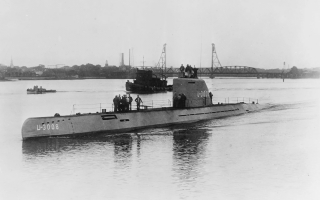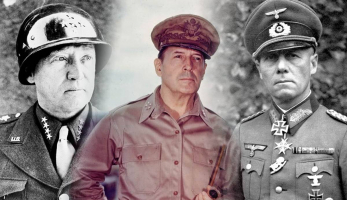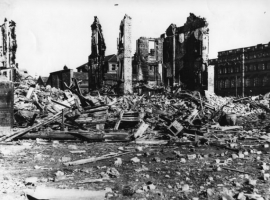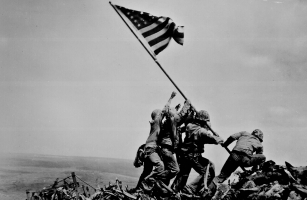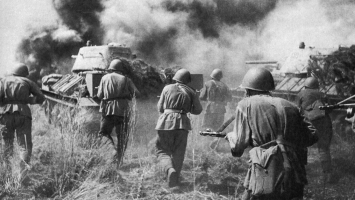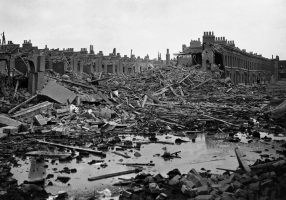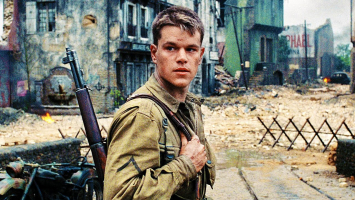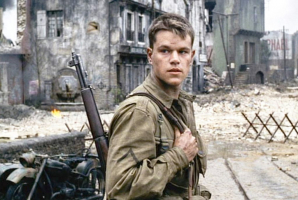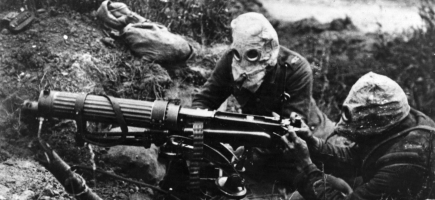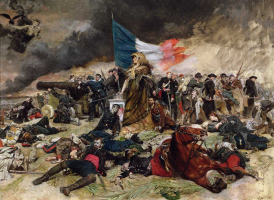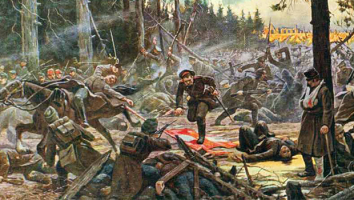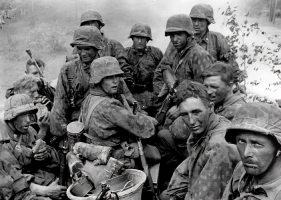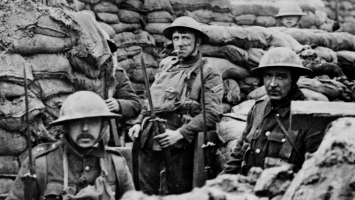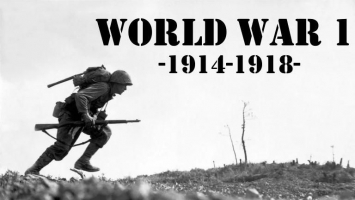Top 10 Brutal (But Forgotten) Parts of World War II
The Second World War has been thoroughly studied and analyzed, yet many of its more brutal aspects are mostly forgotten outside of the people who witnessed ... read more...them. Millions of people around the world have to endure the extreme level of brutality, from Eastern Europe to South Asia to the Japanese islands, over the agonizingly long course of this global war. The majority of it has since been disguised beneath Cold War-era geopolitics and a misguided notion of a "good war" among the triumphant allied nations. Here is a list of brutal (but forgotten) parts of World War II that you may not be aware of.
-
When a swarm of American B-29 bombers began to approach Tokyo on the night of March 9, 1945, many residents mistook them for reconnaissance planes, which were common in Japan at the time. They had no idea that they were about to witness possibly the worst few hours in the history of warfare for a civilian population, as it was only the beginning of the deadliest air raid in history - Operation Meetinghouse.
The bombers' guns were removed to increase cargo capacity, and they were loaded with newly designed incendiary weaponry such as napalm and white phosphorus. That night, about 1,500 tons of incendiary bombs were dropped on a 16-square-mile region chosen for its largely timber and paper structures. The aim was to completely destroy the target, and at the conclusion of it a few hours later, there was no doubt that it had been accomplished.
That night, from 80,000 to 100,000 people perished in Tokyo for a variety of causes. The following stampede crushed several, since the explosives had built many enormous fire-walls around the city, trapping panicked individuals within and burning them alive. Many people who sought refuge in swimming pools and other bodies of water were cooked alive as temperatures hit 1,800 degrees on the ground in some locations.
The only survivors were those who had managed to flee before the devastating firestorms began, or those who were buried beneath heaps of the dead, sheltered from the lethal flames. It was so awful that some American pilots reported a stench of burning flesh and had to wear oxygen masks to breathe, as well as extreme turbulence right over the afflicted region owing to the firestorms.
- Year: 1945
- Location: Tokyo, Japan
- Deaths: 100,000 people
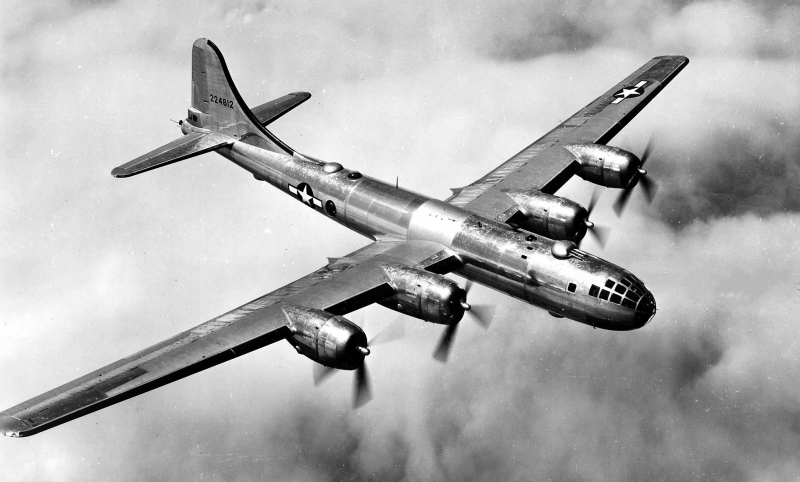
theaviationist.com 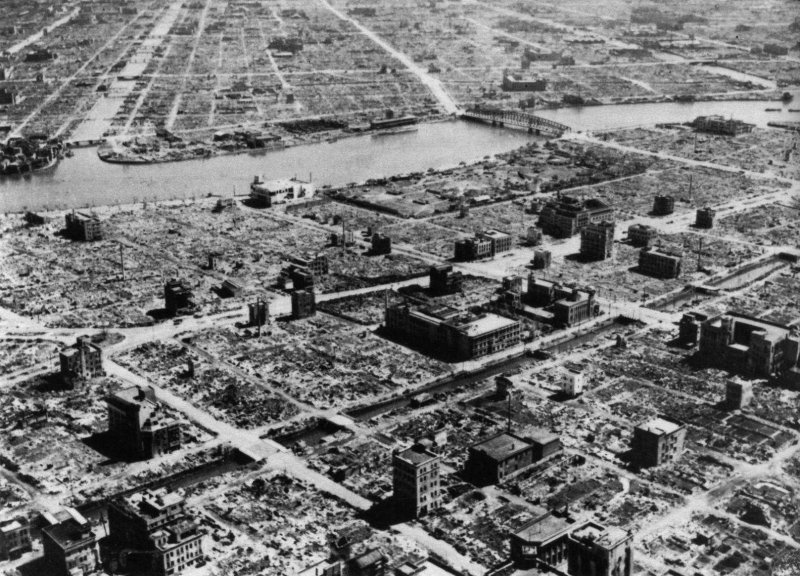
culturacolectiva.com -
The German treatment of prisoners of war captured during their invasion of Russia was one of the war's harshest chapters. It stands in sharp contrast to the conflict on the Western European front, where international conventions for wartime conduct were mostly obeyed by both parties, or even how Axis nations like Hungary and Romania treated their own Soviet POWs.
The figures are mind-boggling. 3.3 million of the 5.7 million Soviet POWs seized during Operation Barbarossa died in captivity. Many were tortured or subjected to experiments; Soviet detainees were the first to be subjected to the mass extermination techniques afterward used against Jewish inmates. When the winter weather set in, Soviet prisoners of war were stripped of their supplies and clothes by poorly-equipped German forces, resulting in their deaths. The majority of Soviet POW camps were just open spaces surrounded by barbed wire and watchtowers, with no inmate housing.
They were the first people to live in several notorious concentration camps, including Auschwitz. Soviet POWs were the second biggest group of persons afflicted by Nazi policy after Jews, but this was motivated more by their supposed existential struggle against Bolshevik communism than bigotry.
- Year: 1941–1945
- Location: POW camps stretching from Nazi-occupied Poland to Italy
- Deaths: 3.3 to 3.5 million people
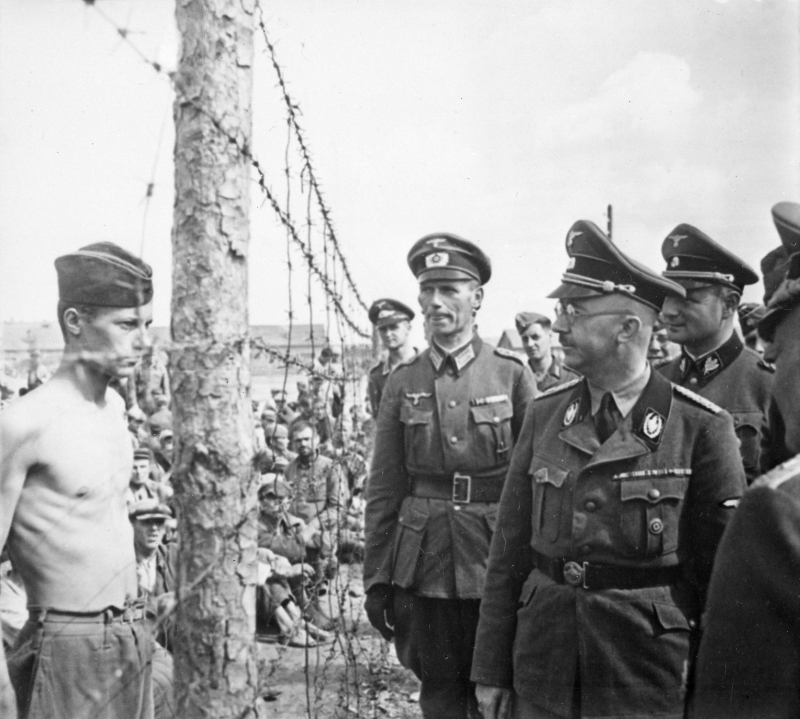
historynet.com 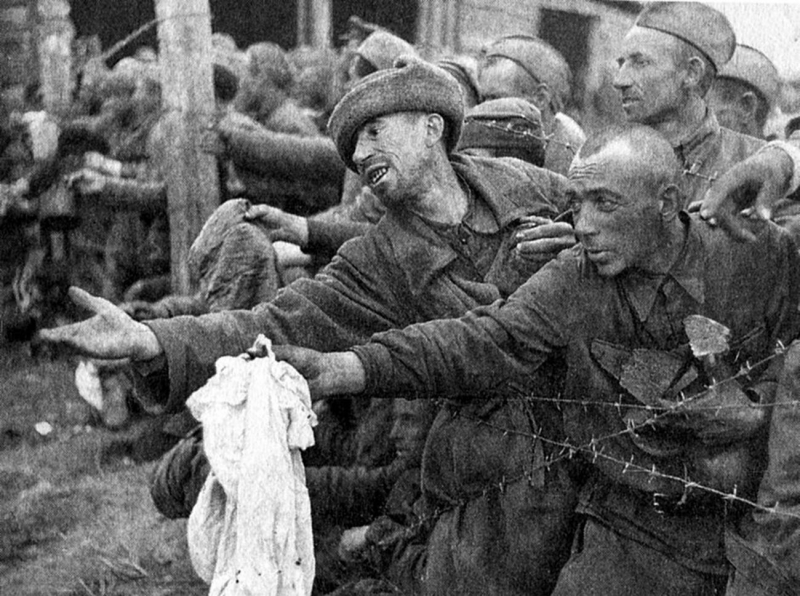
rbth.com -
The deliberate extermination of Serbs, Jews, Gypsies, communists, and rebels of any kind in Croatian-occupied lands is one of the war's overlooked genocides, despite having far-reaching consequences for postwar relations in East Europe. From 1941 through 1945, the Ustae, Croatia's equivalent of the Nazi party, ran a number of detention camps around the country. The greatest of these, the Jasenovac camp, may have resulted in up to 99,000 fatalities. That might be a modest estimate as well, given that the majority of the documents were destroyed by retreating Ustae soldiers.
Unlike in German camps, where killing was a more industrial operation, violence in Croatian camps was frequently carried out with blunt melee weapons, and often involved torture and mutilation of the bodies afterwards for pleasure. Some camps were expressly designed for children, where children from all across the nation were sent to convert to Catholicism - although the majority of Serbs were Eastern Orthodox Christians - and subsequently worked themselves to death.
- Year: 1941–1945
- Location: Independent State of Croatia (Axis-occupied Yugoslavia)
- Deaths: 217,000 - 300,000 people
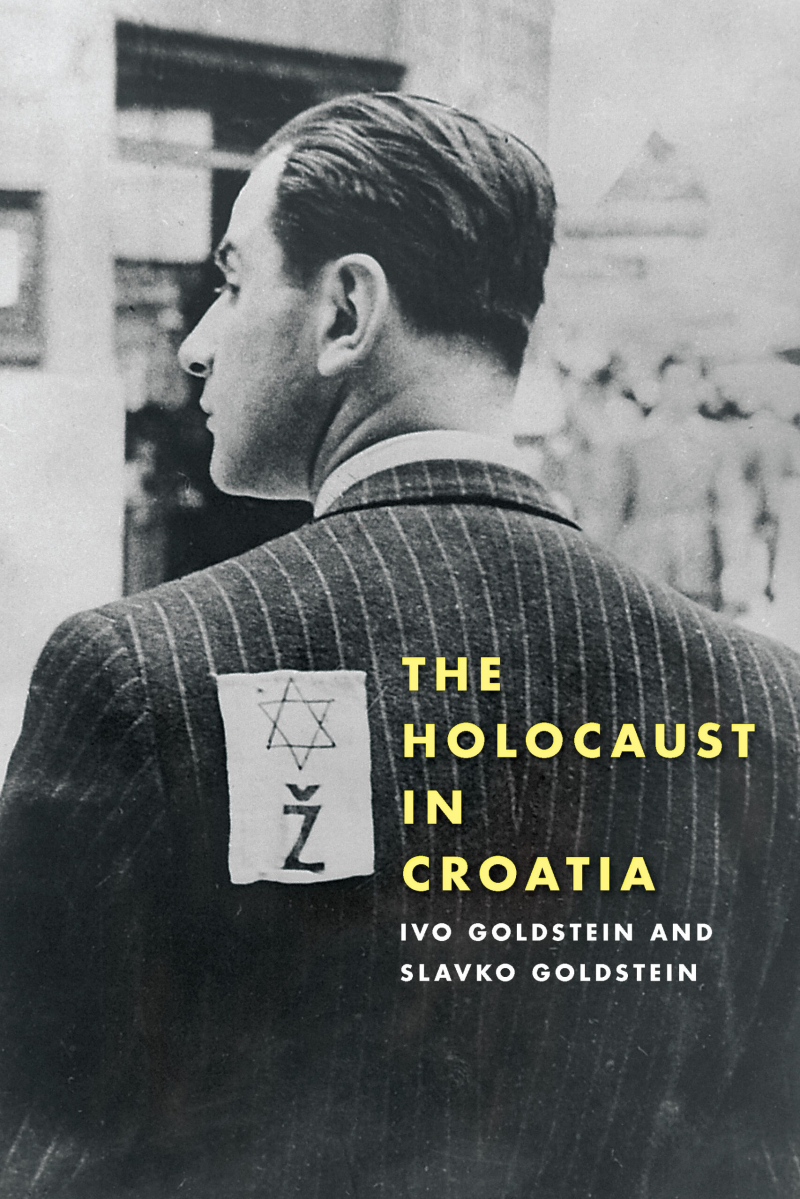
upittpress.com 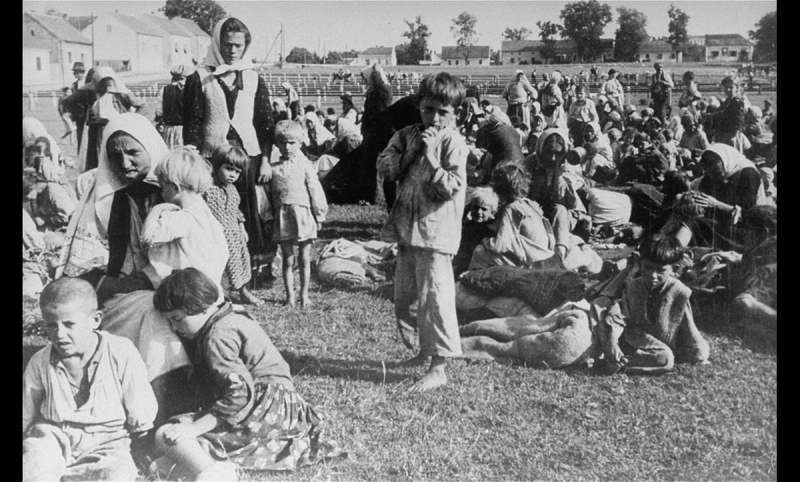
theholocaustexplained.com -
As it became evident that the Axis powers would not win the war, a wave of retaliation swept over the conquered areas. People accused of collaborating with Japan or Germany were often mercilessly killed by liberating troops from Italy to China to Russia. Because the majority of the victims were fascists and Nazi collaborators, it has become a rallying cry for numerous fascist and neo-Nazi parties in Europe.
Many, though, were not. Apart from collaborationist forces in occupied nations and Axis soldiers, the violence was also intended against ethnic Germans and Croats, royalist Chetniks, and anybody else ethnically or ideologically associated to the Nazis in any manner. In one occasion, hundreds of prisoners of war and alleged collaborators were buried alive within a coal mine near Huda Jama, Slovenia. The exact figure is difficult to calculate because the site has never been fully uncovered and studied because of the large number of bodies found there.
While it’s true that the majority of them were fascists, the severity of this violence would be significant in the region's politics for many decades to come, particularly during the dissolution of Yugoslavia in the 1990s.
- Year: 1943–1945
- Location: Europe
- Deaths: 70–85 million people
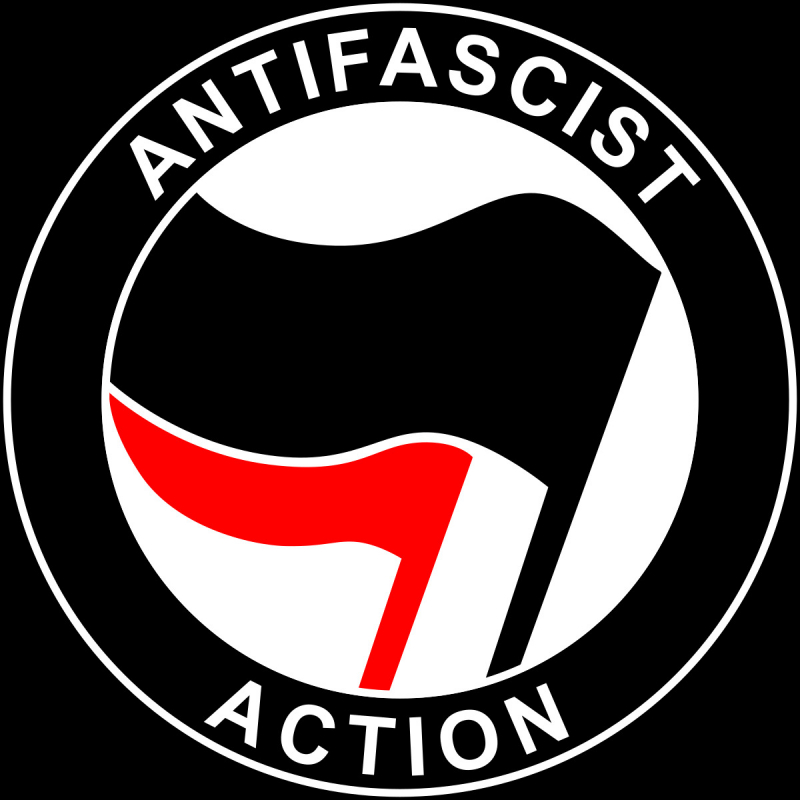
wikipedia.org 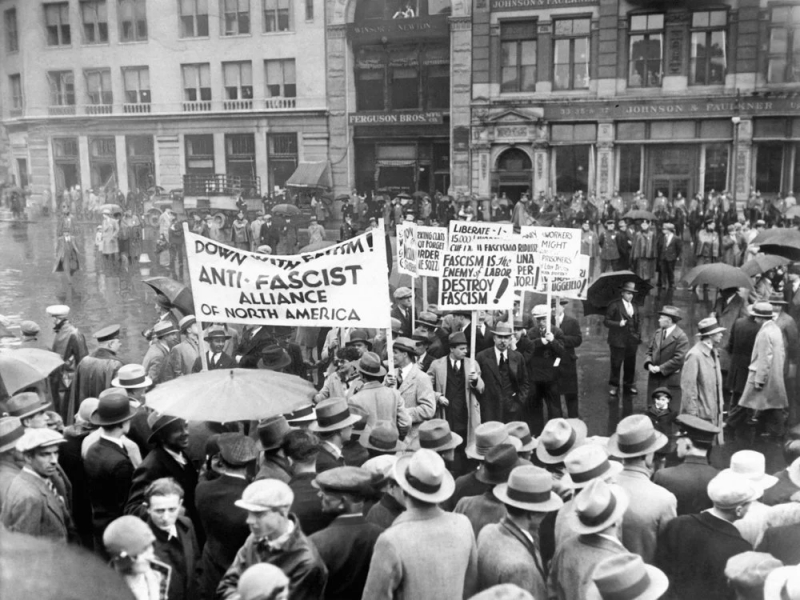
smithsonianmag.com -
Taking trophies during combat is supposed to be an archaic, barbaric behavior, yet you'd be shocked how common it was even during WW2. It was surprisingly common for American forces to take various types of mementos from slain Japanese soldiers, including skulls, fingernails, bones, and hair. It's not hard to locate photos showing American soldiers cooking skulls or chopping off a dead man's hand to make souvenirs, frequently smiling or grinning next to them.
The problem was so common that the US military had to expressly issue instructions to stop it, which didn't help much. Soldiers would frequently hide body parts on their journey home and give them to their loved ones. It may sound harsh and surreal in today's perspective, but by that point in the war, anti-Japanese propaganda in the United States had reached a frenzied, overtly racist phase. Furthermore, the Japanese were far more cruel in their own wins earlier in the war, as the Americans would frequently find the remains of their fallen friends tortured or decapitated, fuelling their anger and feeling of vengeance towards the Japanese.
- Year: N/A
- Location: Japan
- Deaths: N/A
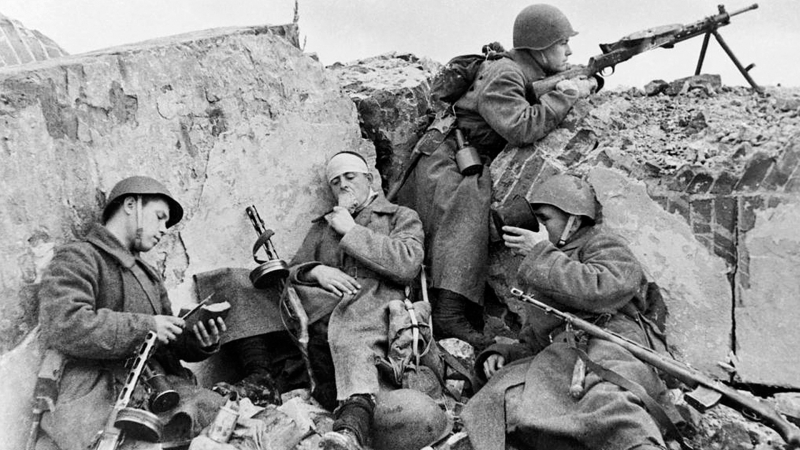
rbth.com 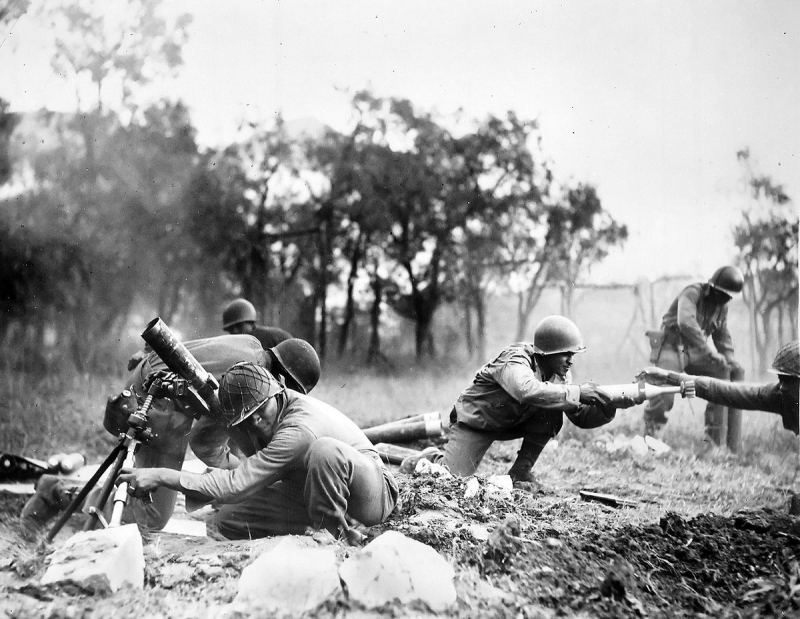
wikipedia.org -
The campaign to liberate Manila from Japanese forces began on February 3, 1945, led by US forces headed by General Douglas MacArthur and aided by Filipino resistance fighters. They had expected a swift war; MacArthur even declared that the city had been taken only three days after the invasion began, despite the fact that the most horrific incident of the campaign had only just begun.
For approximately a month, allied troops had to wage a bloody, close-quarters struggle against reinforced Japanese soldiers who were ruthlessly exterminating the city's population behind their lines. Infants were tossed in the air for sport and then bayoneted to death, thousands of people were massacred by beheadings in one building, women of all ages were raped and violently mutilated, and entire families were buried alive after being forced to dig their own graves, among countless other atrocities. One section of town was deliberately set on fire with artillery and incendiary bombs, igniting an inferno that burnt alive everyone caught within.
The suffering lasted until March 3, with 100,000 to 240,000 people killed during the whole conflict. According to bits and pieces discovered on the field, the Japanese force was under clear instructions to slaughter every non-Japanese in the city.
- Year: 1945
- Location: Manila, Philippines
- Deaths: 100,000–500,000 people
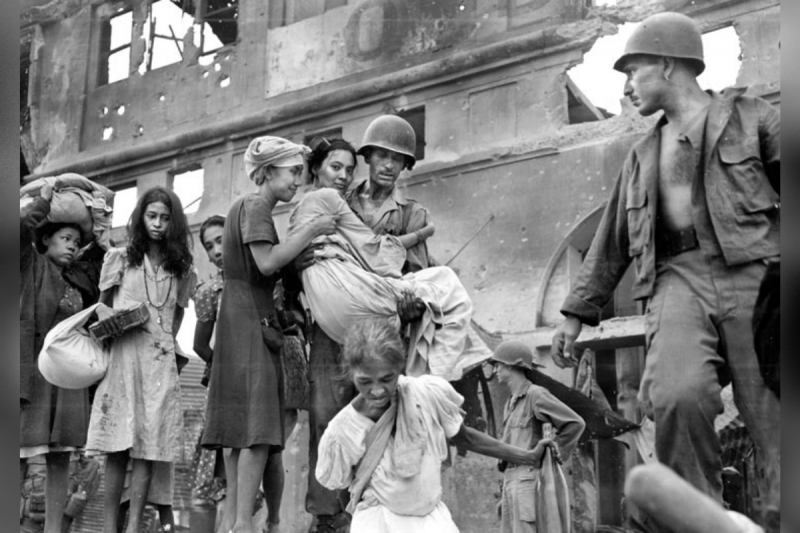
sofrep.com 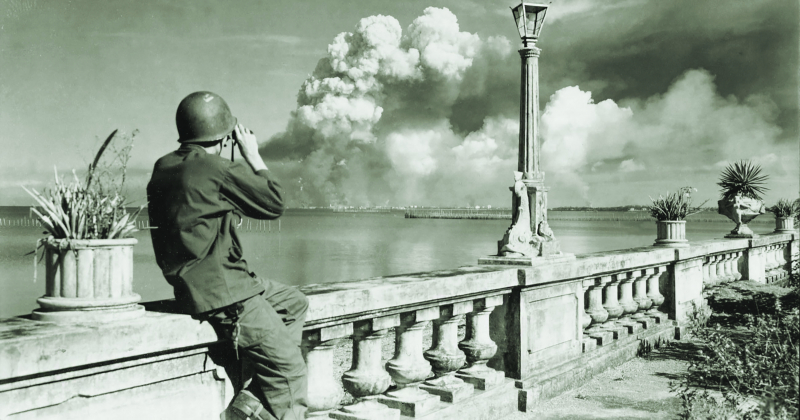
historynet.net -
On June 22, 1941, Nazi Germany started Operation Barbarossa, Hitler's code name for an invasion of the Soviet Union. Hitler had his sights set on Stalingrad by the middle of 1942 for two reasons. For starters, Stalingrad was an industrial city on the Volga River that not only generated military supplies but also functioned as a critical strategic hold in the Russian assault. Second, seizing it would safeguard the German army's left flank as it marched into the oil-rich Caucasus area, with the purpose of cutting off fuel to Stalin's soldiers.
The Nazis initially attacked the city by air, blasting the Volga River and then Stalingrad, destroying much of the city. Stalin commanded that workers fight and that women dig trenches on the front lines. On July 28, 1942, he issued Order No. 227, which prohibited soldiers from leaving the city. "Not one step back!" he said. Those who surrendered faced a military tribunal and potential death.
German ground soldiers finally marched into Stalingrad and took control of much of the city. But a tenacious Soviet force stood firm, and the conflict continued. When the severe Soviet winter arrived, German forces were in jeopardy. The Soviets were cutting off supply lines and assaulting them from their houses, buildings, and even the sewers. Even though his forces starved, Hitler refused to surrender. By early 1943, Soviet troops had seized 100,000 German soldiers.
And it was a critical fight that shifted the tide of the war in the Allies' favor. Despite the fact that the Soviets retook Stalingrad, it was Hilter's first public setback. During the conflict, about 1,000,000 Soviet troops and 40,000 civilians were killed. The number of Axis casualties is believed to be over 800,000.
- Year: 1942–1943
- Location: Stalingrad, Russia
- Deaths: 1.2 million people
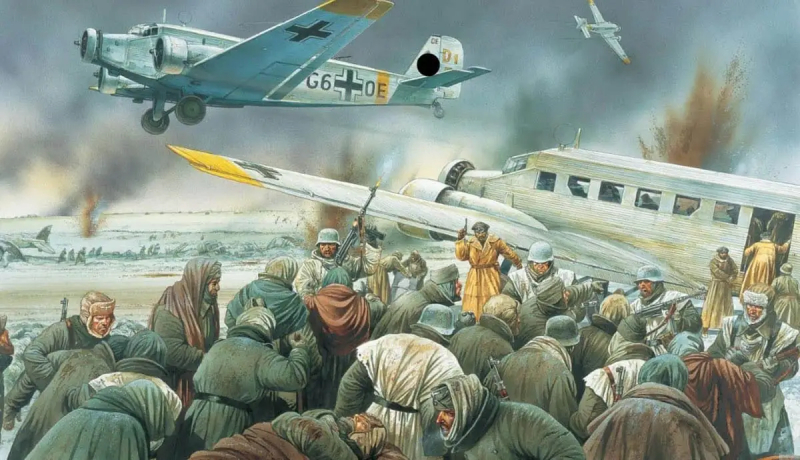
thecollector.com 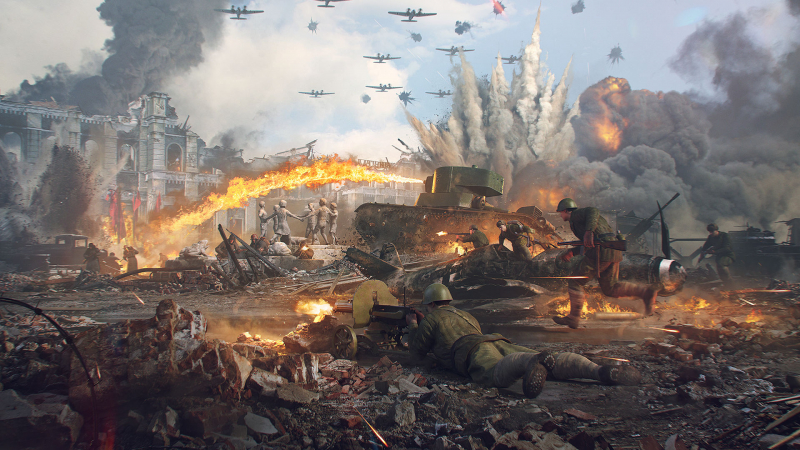
enlisted.net -
The Soviet assault on Berlin was huge and merciless. It was portrayed in Russian propaganda as a do-or-die battle for the country and a last drive into the 'lair of the fascist beast,' involving almost 2.5 million Soviet troops, many of whom had been personally impacted by Nazi crimes during their previous march into Russia. This, along with a shaky chain of command once the battle was won, resulted in some of the greatest civilian crimes of the conflict.
Rape was by far the most regularly reported of all, with over 100,000 German women - and in some cases, children - were subjected to all degrees of sexual violence during the initial days of the occupation. According to aid groups on the ground, around 10,000 of the victims committed suicide, while many of the specifics remain secret in Russian military documents.
Approximately 81,000 Soviet Union soldiers were killed, with another 280,000 injured. Approximately 92,000 German soldiers were killed, with another 220,000 injured. Berlin was reduced to ruins, and around 22,000 German people were slain.
- Year: 1945
- Location: Berlin, Germany
- Deaths: between 92,000 and 100,000 people
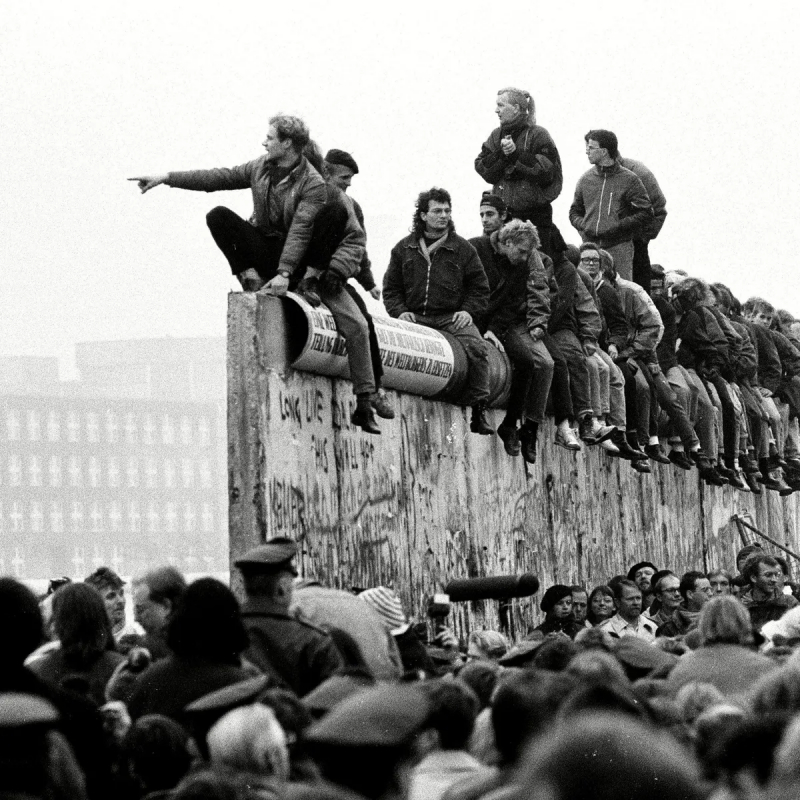
theguardian.com 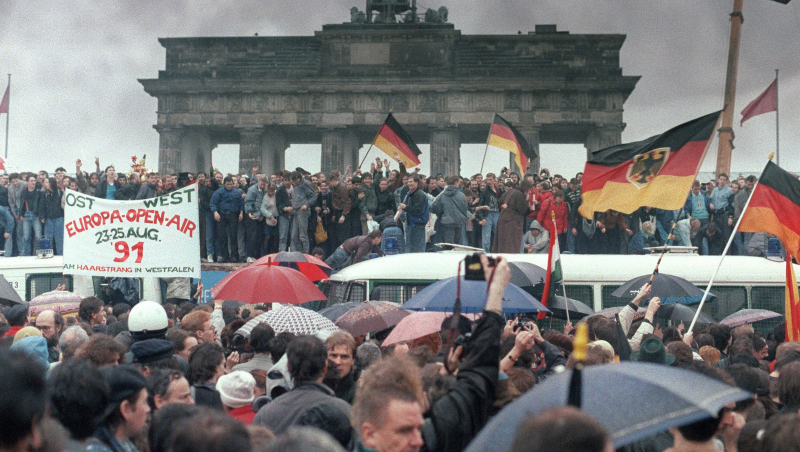
usatoday.com -
The Bataan peninsula in the Philippines had been conquered by the Imperial Japanese Army by April 9, 1942, forcing the capitulation of 70,000-80,000 American and Filipino forces. After months of surviving on limited food and many fatal outbreaks of illnesses such as malaria and yellow fever, people felt that whatever the Japanese had in store for them would be better.
However, they were mistaken, as they would gradually understand over the next few days. The Japanese saw the captives as an inferior form of humans, as surrender had no place in their military discipline, and forced them to endure a 65-mile march through thick forest and blistering heat - an incident that has now come to be known as the Bataan Death March.
Throughout the ten-day trek, the captives were purposefully starved and kept thirsty, and several were bayoneted or killed merely for begging for water. Some detainees were pushed in front of tanks for fun, while others were just shot if the Japanese soldiers didn't like how they looked. According to one estimate, by the time they arrived in the Japanese camp, just roughly 54,000 POWs remained.
- Year: 1942
- Location: Mariveles, Bataan and Bagac, Bataan to Capas, Tarlac, Luzon Island, Philippines
- Deaths: 10,000 people
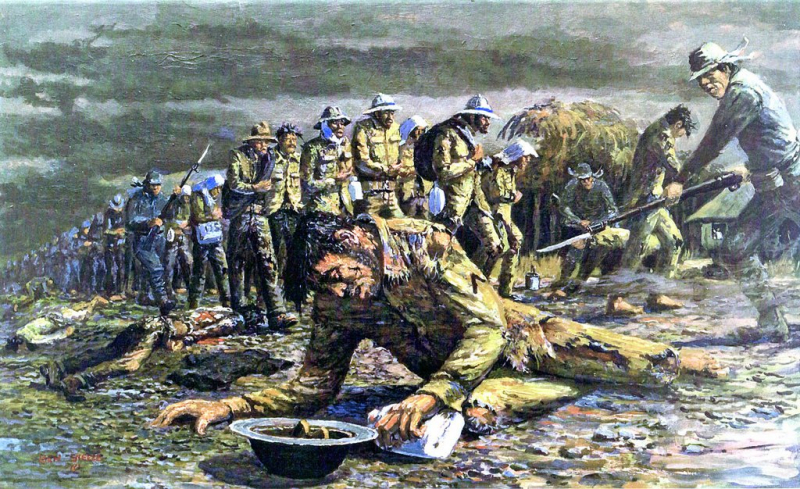
thestrategybridge.org 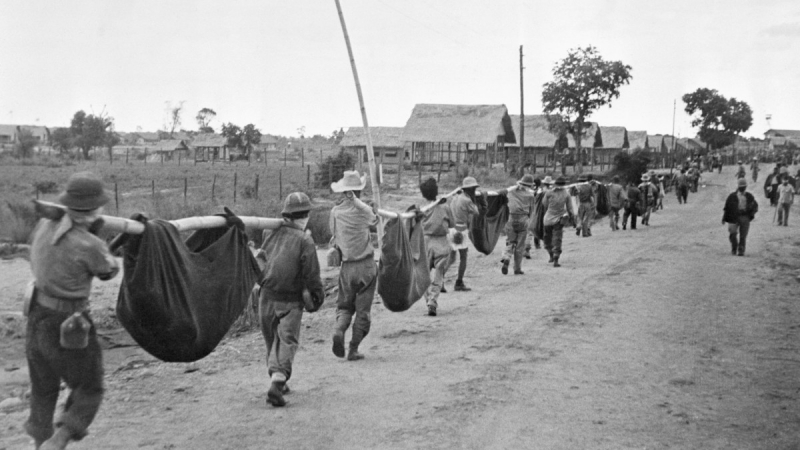
thestrategybridge.com -
When the United Kingdom declared war on Germany on September 3, 1939, London was expected to be one of the first cities to come under German attack. To prepare for this, the National Air Raid Precautions Animals Committee (NARPAC) advised all pet owners to either transfer their pets to the countryside or have them put down at one of the country's designated euthanasia clinics. Back then, England had a very high percentage of pet ownership, with about twice as many domestic animals as humans.
Over the next several days, as many as 750,000 pets were taken to be killed by their owners, making them one of the first British fatalities of the war. Buildings were turned into euthanasia centers, and veterinarians worked around the clock to euthanize as many animals as possible. Animal protection organizations ran out of chloroform, and shelters ran out of burial places. One nearby sanatorium provided a field where half a million pet carcasses were interred.
- Year: 1939
- Location: London, England
- Deaths: 750,000 pets
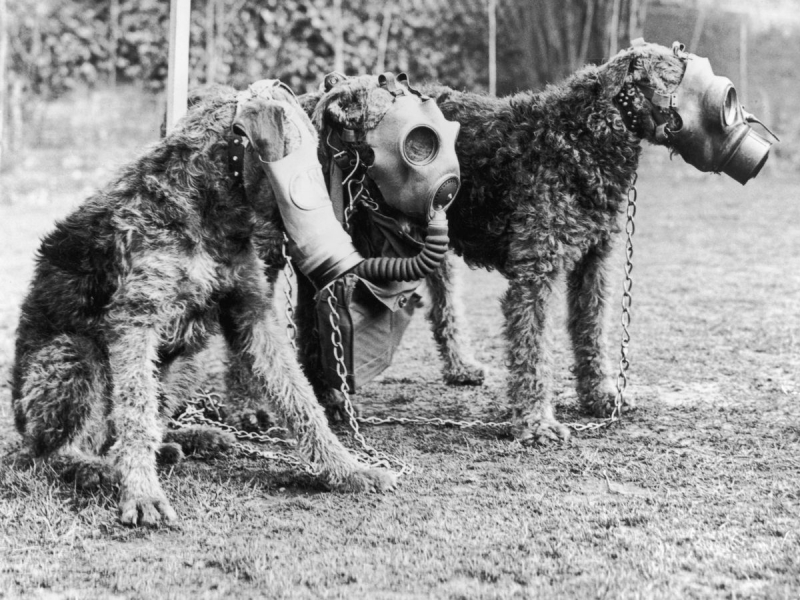
mirror.co.uk 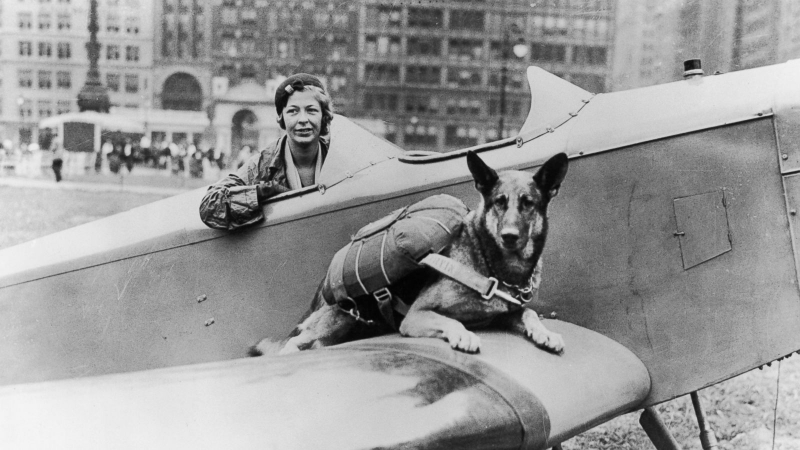
abcnews.co.uk












